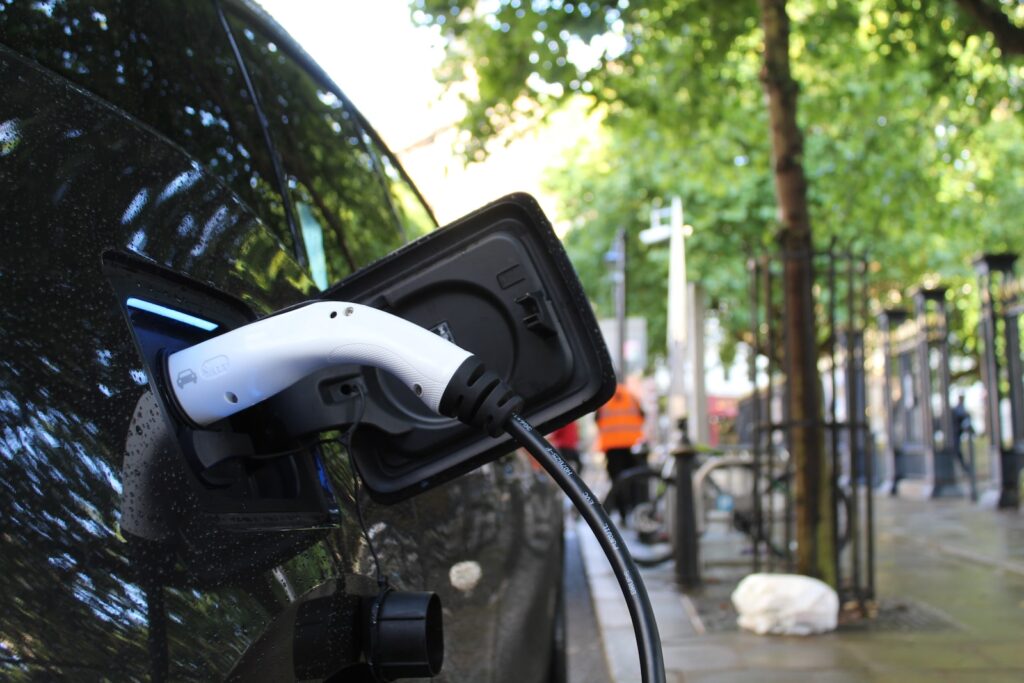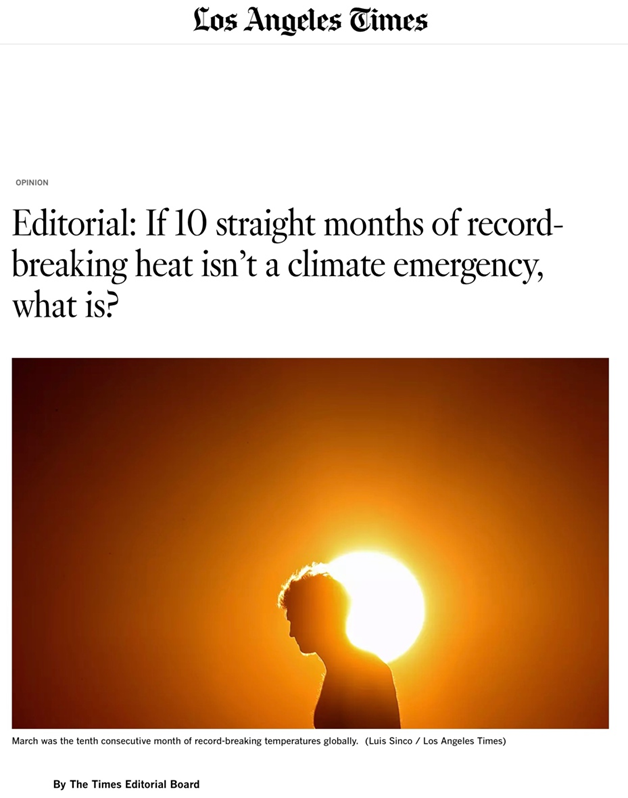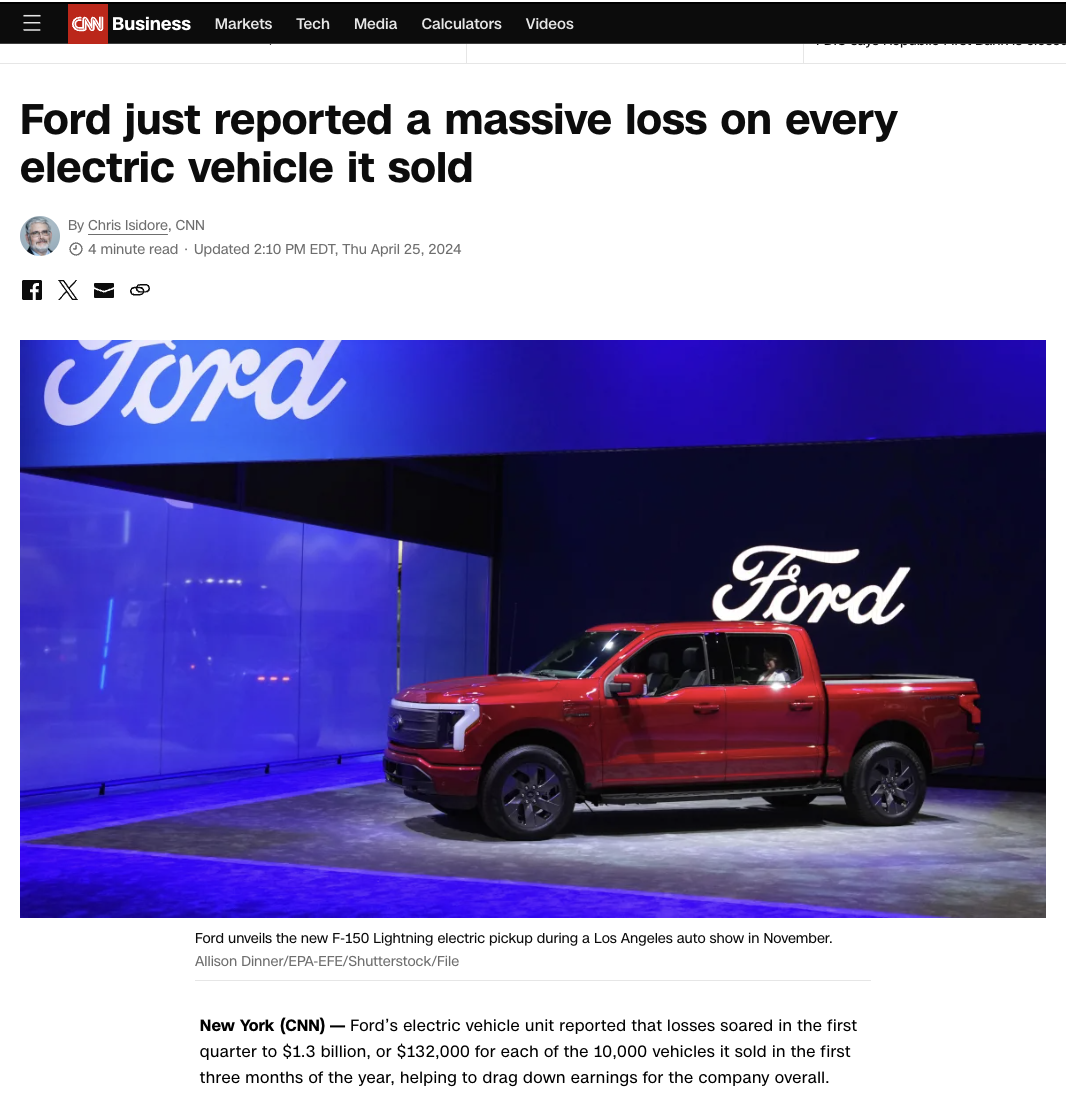You plug in your Tesla or other electric vehicle at night, and in the morning it’s fully charged, right? Maybe not, if troubled California energy giant PG&E gets its way.
From each according to their tanks, I guess, to each according to their ability to take.
Terence West reported Wednesday for EnergyPortal that “PG&E, is exploring the potential of electric vehicles (EVs) to support the state’s fragile power grid.” What that means in practice is that CEO Patti Poppe wants a future where “EVs can feed excess power back to the grid during peak demand, helping to prevent blackouts.”
That electricity PG&E sold you yesterday? Yeah, they’re going to need some of that back because they didn’t produce enough today. Personally, I can’t help but think of PG&E’s proposal as “vampire charging.”
The concept, known as “vehicle-to-grid” charging, involves sending power from an EV’s battery back to the grid while the car is parked and plugged in. This technology is still in its early stages and faces significant costs, hindering widespread adoption. However, EVs could play a crucial role in ensuring grid stability during periods of high energy demand and solar power shortages.
In a way, PG&E’s plan does make a certain kind of sense. If you put Tesla solar panels on your roof, you also had a couple of those giant Powerwall battery backups put in, too — just enough juice to get you through a cloudy day or three. Poppe imagines PG&E as the solar panels and your car as the Powerwall she can tap during an emergency.
But there are problems, starting with the fact that pretty much every warm day in California risks tipping over into an “emergency.” The fact is that PG&E, ostensibly in the business of producing and selling energy, doesn’t produce enough to meet California’s existing needs and hasn’t for years.
Then there’s the matter of cost. “To encourage drivers to participate in bidirectional charging,” West conceded in his report, “utilities may need to offer incentives such as monetary compensation for the kilowatt hours contributed.”
You don’t say.
I’ve written many nasty things about Californians over the years, but I’ve never accused them of being so stupid that they’d willingly pay for the same electricity twice.
Electric vehicle owners sucked into PG&E’s vampire program would also have the lifespan of their EV batteries reduced. Those extra discharges/recharges add up and degrade the battery’s ability to store power.
Government Motors already has a pilot program in place to test the vampire tech, and Poppe wants them to expand it, pronto, to include all new GM vehicles.
I’d also add that two-way charging is going to boost the price of that near-mythical $26,000 electric vehicle to nearly $30,000.
Still, “Two-way charging” sounds so much nicer than “I vant to suck your charge.”




